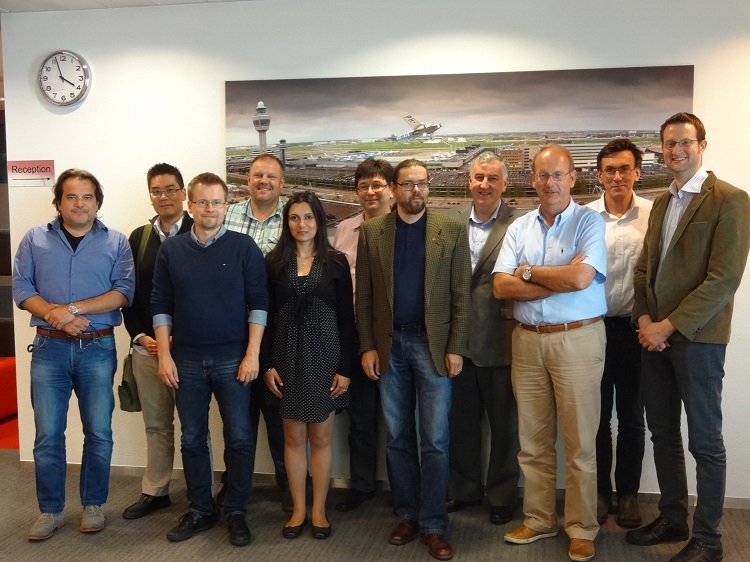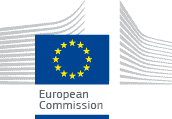Syngaschem receives EU funding for its electrolysis research
Future sustainable energy applications often rely on catalytic and electrocatalytic processes using rare elements mined in region of geopolitical instability. The replacement such critical elements with earth-abundant transition metals is therefore highly desired. Critcat pursues the rational design of new catalytic nanoparticles by combining DFT modeling of non-critical transition metal particles with machine learning algorithms, using experimental validation of theoretical predictions as a feedback. To achieve the latter, CritCat members will collaborate to synthesize uniform nano-particles with a high level of control over their size and composition, to characterize their structure with a high precision, and finally, to assess the particles’ catalytic and electrocatalytic performance.
From the side of Syngaschem BV, Dr Foteini Sapountzi will participate in the electrochemical characterization work package and will lead the industrial benchmarking efforts of new electrode materials. She explains: “Have a look at these commercial PEM membrane based electrolysers for watersplitting: They still depend on platinum group metals. It may not be possible to avoid these elements completely, but minimizing the required amount in a rational way could already have a big impact.” Besides, Syngaschem BV will contribute due to its expertise in catalytic testing and synthesis in monodisperse nanoparticles, and it will actively support the consortium management through Mr Antonio Vaccaro acting as exploitation manager.
The CritCat project is about to start in June this year.
CritCat receives funding from the European Union’s Horizon 2020 research and innovation programme under grant agreement No 686053.
Published on March 1, 2016




